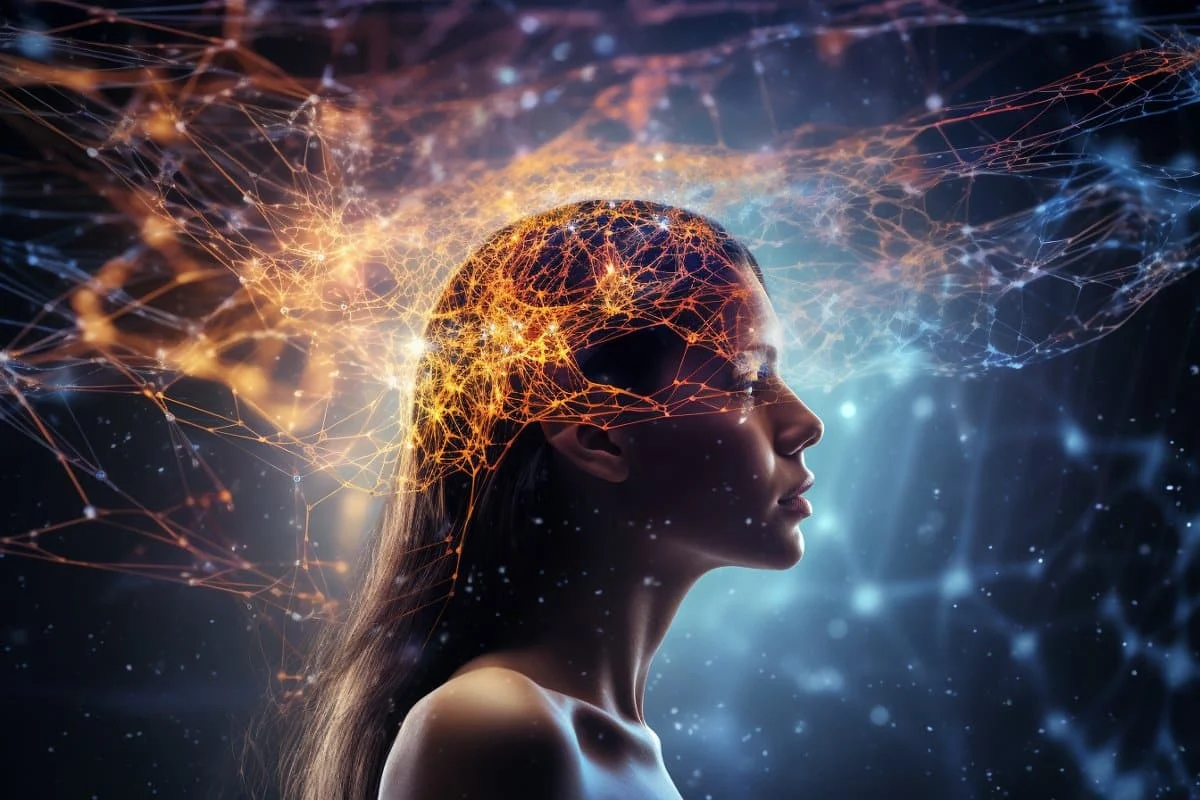Abstract
Schizophrenia is a complex and enigmatic psychiatric disorder that affects millions of individuals worldwide. Recent research has focused on understanding the role of brain connectivity in schizophrenia. This article delves into the insights provided by experts regarding how alterations in brain connectivity contribute to the development and manifestations of schizophrenia. By decoding these intricate neural networks, we may move closer to unraveling the mysteries of this condition.
Introduction
Schizophrenia is a severe and debilitating mental disorder characterized by a range of symptoms, including hallucinations, delusions, disorganized thinking, and cognitive impairment. The exact cause of schizophrenia remains a subject of ongoing research, but experts have increasingly turned their attention to the role of brain connectivity in this complex condition.
Brain Connectivity in Schizophrenia
1. Dysconnectivity Hypothesis: Researchers have proposed the "dysconnectivity hypothesis," suggesting that schizophrenia may be linked to disruptions in the brain's connectivity patterns. This theory posits that the disorder may involve deficits in the coordination and communication among different brain regions (Andreasen N. C. et al., 1996).
2. Resting State Functional Connectivity: Resting state functional magnetic resonance imaging (fMRI) has been a valuable tool for exploring the connectivity patterns in the brains of individuals with schizophrenia. Researchers have identified aberrant connectivity in regions like the default mode network, which is associated with self-referential and introspective processes. Dysregulation in this network may contribute to the characteristic thought disturbances seen in schizophrenia (Whitfield-Gabrieli S. et al., 2009).
3. Thalamocortical Dysfunction: Another key aspect of brain connectivity in schizophrenia revolves around the thalamus, a critical relay station in the brain. Studies have shown disruptions in thalamocortical connectivity, which may result in sensory gating deficits and contribute to the auditory hallucinations often observed in individuals with schizophrenia (Anticevic, A. et al., 2013).
4. White Matter Abnormalities: Schizophrenia has also been associated with white matter abnormalities, affecting the integrity of the brain's fiber pathways. Diffusion tensor imaging (DTI) studies have revealed reduced connectivity and increased fractional anisotropy in individuals with schizophrenia, particularly in regions associated with language and sensory processing (Ellison-Wright I., & Bullmore E., 2009)..
5. Cognitive Control Network: Recent research has highlighted the role of the cognitive control network in schizophrenia. Dysconnectivity in this network may underlie the difficulties individuals with schizophrenia experience in tasks that require cognitive control, such as working memory and decision-making (Sui, J. et al., 2011).
Conclusion
Schizophrenia is a complex and multifaceted disorder that challenges our understanding of the brain and its connectivity. Recent advances in neuroimaging and connectomics have shed light on the role of brain connectivity in the development and manifestations of schizophrenia. By decoding the intricate neural networks and understanding the dysconnectivity hypothesis, researchers are taking important steps toward unraveling the mysteries of this condition. This knowledge may lead to more targeted treatments and interventions, ultimately improving the lives of those affected by schizophrenia.
References:
- Andreasen, N. C., O'Leary, D. S., Cizadlo, T., Arndt, S., Rezai, K., Ponto, L. L., ... & Hichwa, R. D. (1996). Schizophrenia and cognitive dysmetria: a positron-emission tomography study of dysfunctional prefrontal-thalamic-cerebellar circuitry. Proceedings of the National Academy of Sciences, 93(9985), 9985-9990.
- Whitfield-Gabrieli, S., Thermenos, H. W., Milanovic, S., Tsuang, M. T., Faraone, S. V., McCarley, R. W., ... & Shenton, M. E. (2009). Hyperactivity and hyperconnectivity of the default network in schizophrenia and in first-degree relatives of persons with schizophrenia. Proceedings of the National Academy of Sciences, 106(4), 1279-1284.
- Anticevic, A., Repovs, G., Barch, D. M. (2013). Emotion effects on attention, amygdala activation, and functional connectivity in schizophrenia. Schizophrenia Bulletin, 40(2), 428-438.
- Ellison-Wright, I., Bullmore, E. (2009). Meta-analysis of diffusion tensor imaging studies in schizophrenia. Schizophrenia Research, 108(1-3), 3-10.
- Sui, J., Pearlson, G., Caprihan, A., Adali, T., Kiehl, K. A., Liu, J., ... & Calhoun, V. D. (2011). Discriminating schizophrenia and bipolar disorder by fusing fMRI and DTI in a multimodal CCA+ joint ICA model. NeuroImage, 57(3), 839-855.


Post a Comment
Full Name :
Adress:
Contact :
Comment: